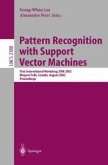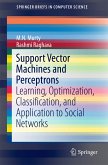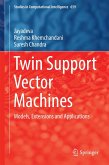I was shocked to see a student's report on performance comparisons between support vector machines (SVMs) and fuzzy classi?ers that we had developed withourbestendeavors.Classi?cationperformanceofourfuzzyclassi?erswas comparable, but in most cases inferior, to that of support vector machines. This tendency was especially evident when the numbers of class data were small. I shifted my research e?orts from developing fuzzy classi?ers with high generalization ability to developing support vector machine-based classi?ers. This book focuses on the application of support vector machines to p- tern classi?cation. Speci?cally, we discuss the properties of support vector machines that are useful for pattern classi?cation applications, several m- ticlass models, and variants of support vector machines. To clarify their - plicability to real-world problems, we compare performance of most models discussed in the book using real-world benchmark data. Readers interested in the theoretical aspect of support vector machines should refer to books such as [109, 215, 256, 257].
Dieser Download kann aus rechtlichen Gründen nur mit Rechnungsadresse in A, B, BG, CY, CZ, D, DK, EW, E, FIN, F, GR, HR, H, IRL, I, LT, L, LR, M, NL, PL, P, R, S, SLO, SK ausgeliefert werden.









